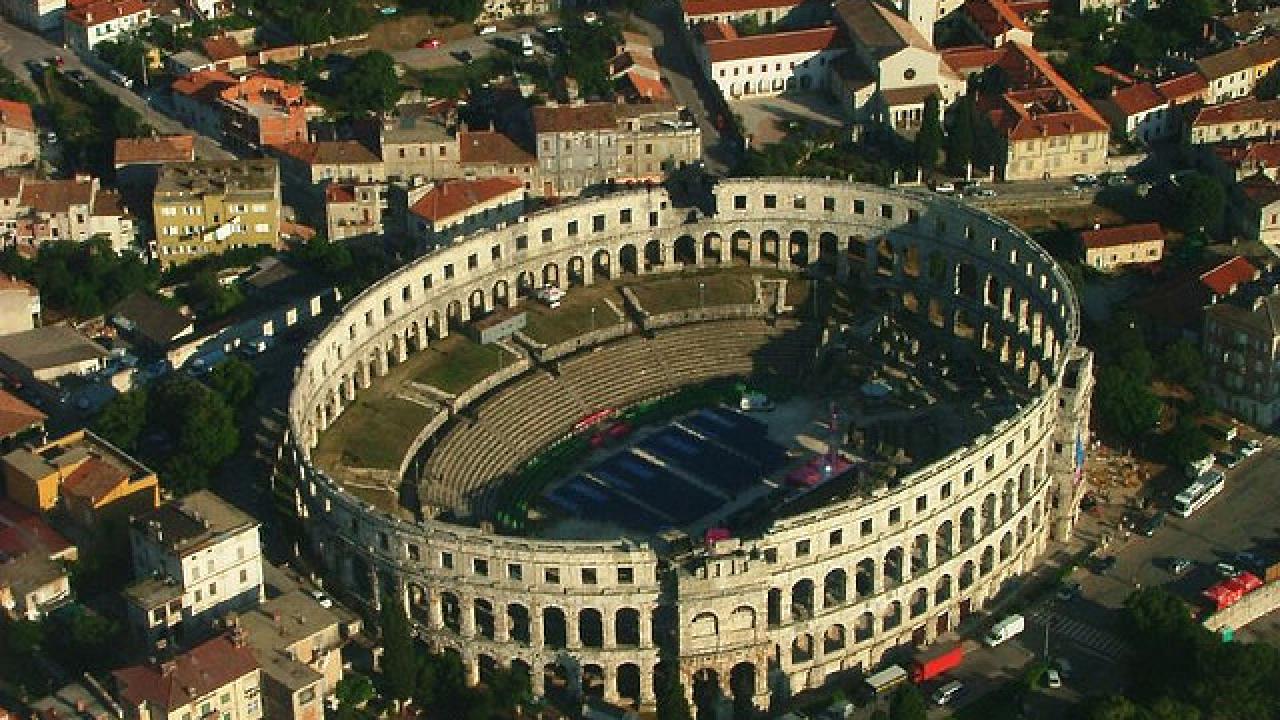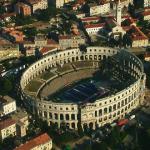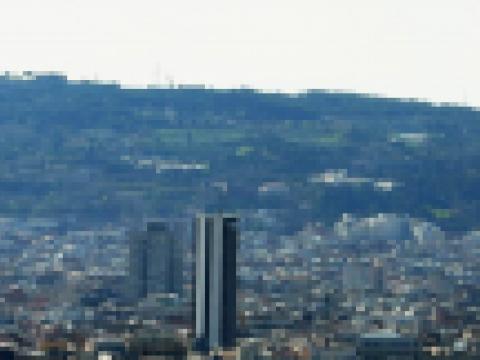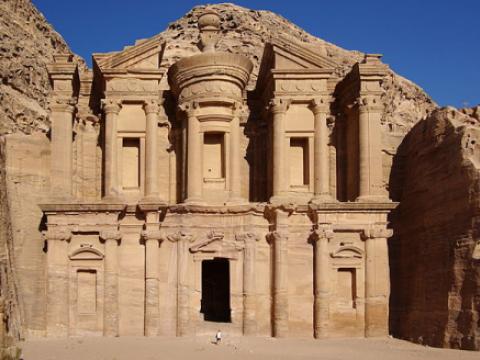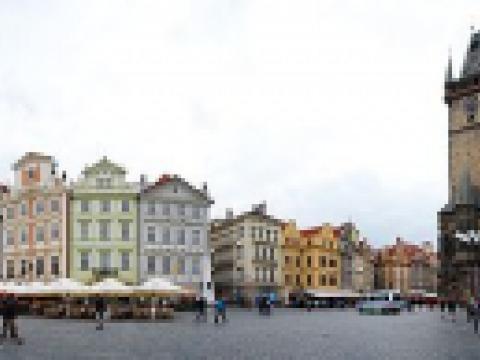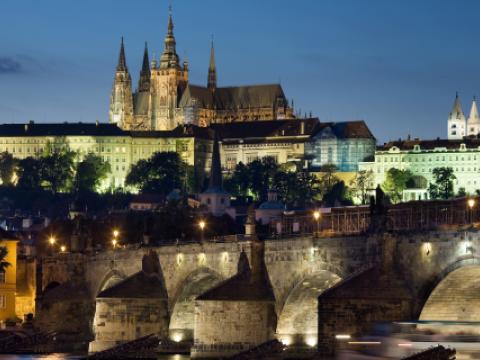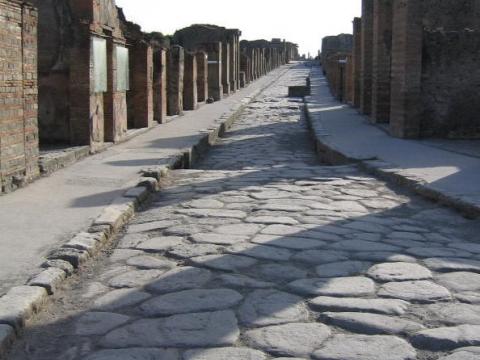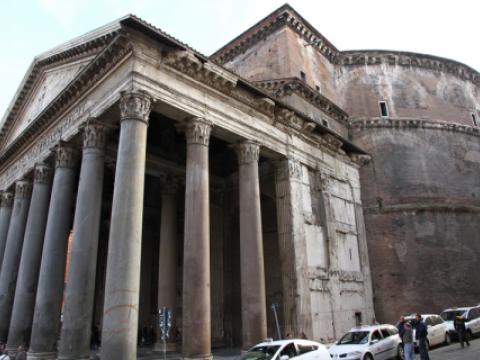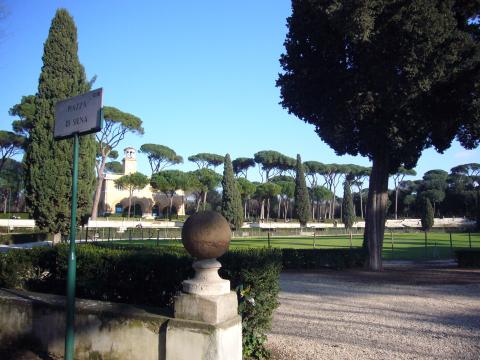Location
The Pula Arena is a Roman amphitheater, the only one that features its original characteristics and one of the sixth largest in the world. The construction of the amphitheater spanned over almost one hundred years, between two millennia and nowadays, it is one of the main attractions in Pula. If you have prepared kunas for your trip, you can see the Arena on the reverse of the 10 kuna banknote. Throughout its history, after the fall of the Roman Empire, the Arena was the host of medieval fairs and tournaments. Currently, it is still an entertainment center, as many concerts have been hosted here, Luciano Pavarotti, Elton John and Il Divo having appearances here. The Pula Arena is able to steat about 5,000 spectators.
You can easily spot the amphitheater close to the harbor, in the northwestern area of the city
Tickets cost 40 kn.







